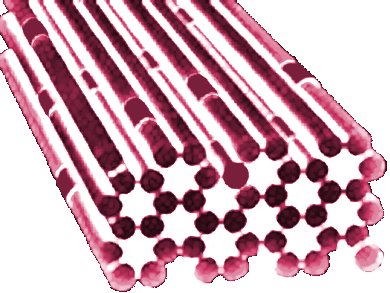As the carrier of genetic information, DNA has also been widely used to construct various hierarchical nanoscale devices, i.e., DNA origamis, due to its well-defined capability of self-assembling. However, based on weak non-covalent interactions, defects are inevitable in DNA self-assemblies.
In order to evaluate the quality of DNA assemblies, Hendrik Dietz and co-workers, Technische Universität München, Garching, Germany, have developed a quantitative approach to detect unpaired DNA. Using a special algorithm, the authors design a fluorescent probe to label defects.
After separating probe-labelled DNA from normal assemblies using gel electrophoresis, the quantity of defects can be estimated based on its fluorescence intensity against a reference channel.
This strategy is not only superior to the often tedious direct imaging method as commonly used for such detection, but also amenable to the context of cellular nucleic acids.
- Quantifying quality in DNA self-assembly,
K. F. Wagenbauer, C. H. Wachauf, H. Dietz,
Nature Communic. 2014, 5.
DOI: 10.1038/ncomms4691




